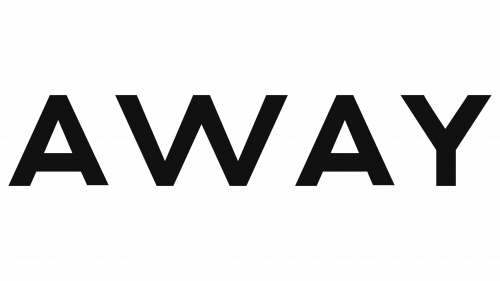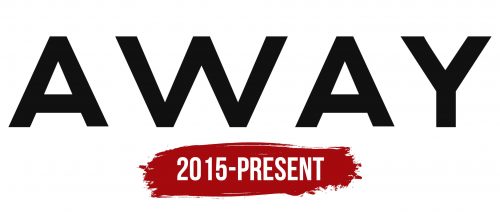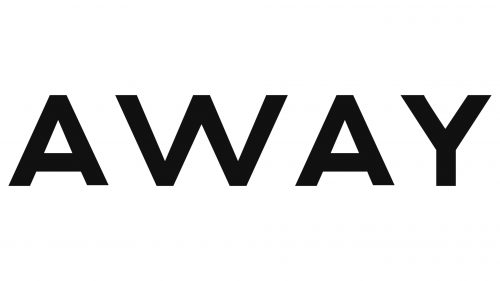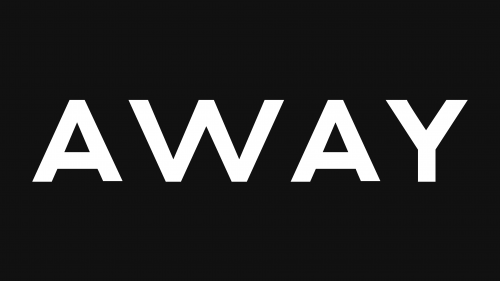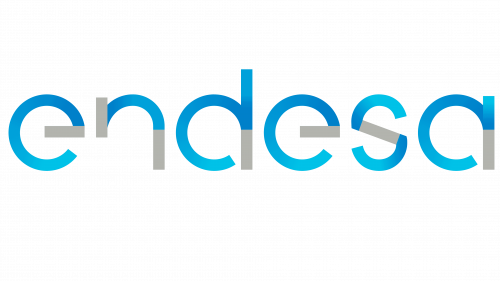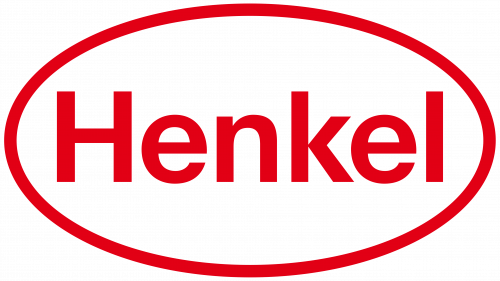The Away logo radiates simplicity and tranquility because it does not need to advertise the brand’s products—high-quality bags and suitcases speak for themselves. The emblem is merely a stylish addition that subtly decorates travel accessories.
Away: Brand overview
Steph Korey and Jen Rubio, two young entrepreneurs, wanted to transform the luggage market in 2015, which marked the beginning of Away’s existence. Rubio’s experience of having her bag break while traveling and not finding a good replacement at a fair price inspired the concept of Away.
Rubio and Korey first crossed paths at Warby Parker, an online eyewear retailer renowned for its creative marketing strategies. This event had a big impact on their business concept going forward. They brought the direct-to-consumer (D2C) approach to the conservative and uninnovative luggage sector.
Korey and Rubio began working on their first product, a luggage that would blend price, style, and utility, at the beginning of 2015. They spoke with tourists in-depth to learn about their requirements and problems. They used the results of this research to develop a luggage with a built-in gadget charger, which was novel at the time.
The founders raised an initial $2.5 million in funding for their firm from several investors, including Accel Partners and Forerunner Ventures. This funding allowed them to launch a marketing campaign and produce the first batch of luggage.
The company was officially released in February 2016. The brand began by offering a single suitcase style in four different colors. The firm’s approach was developing a brand and product connected to travel and leisure. They aggressively promoted their product on social media and through content marketing, giving the impression that it was a chic and necessary item for contemporary travelers.
The brand experienced tremendous progress in 2016. The company’s creative product and novel marketing strategy helped it quickly gain the media’s and customers’ attention. The enterprise increased the number of luggage it sold by over 50,000 by the end of the year and added additional colors and sizes to its lineup.
2017 saw the brand continue growing. The company took an essential step in creating its omnichannel strategy when it opened its first physical location in New York City. In the same year, the brand debuted “Here,” a travel magazine that is now a component of the business’s content marketing plan.
2018 saw the firm experience substantial growth and expansion. Through a Series C funding round, the company raised $50 million and accelerated its international expansion. The brand launched its first international store in London and started selling across Europe. Additionally, the business added new travel items to its lineup, such as organizers and carry-on bags.
The enterprise grew in 2019 by adding new domestic and international locations and introducing additional product lines, such as pet accessories and daily bags. At the end of the year, the company became a “unicorn”—a business valued at more than $1 billion—when its valuation hit $1.4 billion.
However, the corporation faced its first real difficulties at the end of 2019. In December, following the publication of an article in The Verge, Steph Korey temporarily resigned as CEO due to the company’s toxic corporate culture.
The firm made leadership changes at the start of 2020. Former Lululemon executive Stuart Haselden was named the company’s new CEO. With this hiring, the quickly expanding business hoped to get management experience from established retail companies.
Notwithstanding the difficulties, the enterprise kept expanding and adjusting to the shifting market. The business added new products to its lineup, including travel and daily-use items.
In 2021, the brand declared it would increase its physical retail footprint by opening new domestic and international locations. Additionally, the business continued to spend money to enhance the client experience and grow its web platform.
In 2022, the firm launched a new line of travel accessories, which included travel pillows and luggage organizers, as part of its ongoing effort to broaden its product offering. These items demonstrated the company’s dedication to offering complete travel solutions and were created in response to client feedback. Along with expanding its physical presence, the brand launched several new locations in major US cities that year, allowing clients to see the products in person before purchasing.
In 2023, the business introduced a range of recycled-material luggage, marking a major advancement toward sustainability. This program was a component of the company’s larger effort to reduce its negative environmental effects. Furthermore, the brand started its global expansion by establishing its first retail outlets in Europe, which included London and Paris. This action signaled a new stage in the company’s development and its goal of becoming a well-known international travel brand.
In the same year, the firm introduced its “Away Rewards” loyalty program, which grants loyal consumers access to new products ahead of time and exclusive prices. This campaign aimed to attract new clients while fortifying relationships with current ones.
At the beginning of 2024, the enterprise partnered with other renowned designers to produce limited-edition luggage collections. These partnerships aimed to broaden the brand’s appeal and strengthen its standing as a stylish travel company.
The business also started piloting a novel suitcase rental service in several significant American cities. This program was created to accommodate tourists who would rather not buy luggage for occasional visits.
Meaning and History
What is Away?
It is a lifestyle and travel brand known for its luggage and travel accessories. The company offers many products, including carry-on and luggage suitcases, backpacks, travel bags, and various travel accessories. The company’s luggage is recognized for its sleek design, durability, and features such as built-in USB chargers and compression systems. The brand focuses on creating functional and stylish travel solutions that meet the needs of today’s travelers.
2015 – today
The concise logo highlights the impeccable elegance and functionality of Away’s suitcases. Although it contains only a short inscription, the designers still managed to convey the complex brand concept based on quality, reliability, and beauty.
The emblem consists of the company’s name in capital letters. The minimalist font style creates a sense of harmony, as the even, clear lines reflect the ergonomic shape of the bags and suitcases. Perfect balance is evident throughout, from the uniform height of the glyphs to their symmetrical proportions.
This is especially noticeable in the letters “A” and “W,” where the slanting strokes maintain equilibrium without disrupting the overall perception. The horizontal lines of both “A” s and the vertical part of the “Y” ensure the visual stability of the inscription. They add an element of stability, making the brand’s products appear reliable and durable.
The black wordmark contrasts with the white background, making it more prominent and recognizable. The simple color palette emphasizes Away’s practicality, minimalism, and modernity. It’s an excellent choice for a luggage manufacturer that wants to showcase its timelessness. The monochrome logo suggests that the company’s products will always be fashionable and appeal to those who appreciate the combination of functionality and aesthetics.
